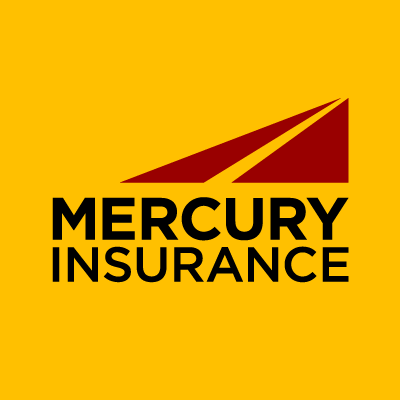Auto liability insurance is required by law in almost every state. If you or another covered driver cause an auto accident, it could pay for injuries and damages to the other vehicle. Auto insurance can also protect your financial investment in the event your vehicle is vandalized, damaged by fire or stolen—depending upon the coverages you purchase.
Auto insurance terms are specialized and unique to the industry. This article will explain some terminology, as well as provide the link to a glossary, where you can look up the definition of an unfamiliar word.
When someone purchases an insurance policy, the buyer is called an "insured" and he or she pays a "premium" —the price for a specified insurance product or service during a specified period of time (i.e., six or twelve months). A deductible is the out-of-pocket expense the insured agrees to pay before any payment from the insurance company kicks in. Deductibles of $250, $500 or $1,000 are fairly common. As a general rule of thumb - the higher the deductible, the lower the corresponding coverage premium.
Buying Insurance
Drivers in almost every state are required by law to purchase liability coverage. This coverage pays for damage caused to others if you are at fault in a covered accident. When you or another covered driver on your auto insurance policy are legally responsible for an accident, your insurance company pays for the damage and/or medical expenses of the other vehicle and its driver and passengers.
When you purchase liability coverage* you will need to make two important selections to determine the level of protection you would like to carry.
- Bodily Injury (BI) — Bodily injury coverage pays for injuries to other people when the insured vehicle's driver is legally at fault. You will see a series of three numbers when purchasing liability coverage. For example, $25,000/50,000/15,000 represents your policy's liability limits. The first figure ($25,000) is the maximum coverage available for a single injury; the second figure ($50,000) is the maximum coverage per accident for all injuries; and the third figure ($15,000) is the maximum per accident that your policy will pay for property damage. Most states have minimum mandatory coverage requirements, but it's important to note that The Insurance Information Institute suggests that drivers carry liability coverage that is no less than $100,000/300,000.
- Property Damage (PD) — This coverage pays for damage to someone else's property caused by your vehicle. Usually it's someone's vehicle, but property damage can apply to other property too, such as buildings, utility poles, trees, fences and garage doors.
In addition to liability coverage, you can also purchase a variety of optional coverages* that will protect you and your vehicle from unexpected events.
- Medical Payment or Personal Injury Protection (PIP) — This is a package of first-party medical benefits that provides broad protection for medical costs, lost wages and loss of essential services normally provided by the injured person such as childcare or housekeeping. Personal Injury Protection is usually associated with a no-fault auto insurance system.
- Collision — Covers damage to your vehicle caused by a covered accident, regardless of fault. This might involve a collision with another vehicle, or it could cover costs to fix your vehicle if you encounter a pothole or other road hazard. This insurance applies onlyto your auto. It doesn't cover whatever your vehicle collided with - that would be covered under your property damage liability coverage if you were found legally responsible for the accident.
- Comprehensive- Protects you in the event your vehicle is damaged due to something other than a collision, such as theft, vandalism, flood, hailstorm or fire. In some states, comprehensive coverage includes glass replacement with no deductible-this varies by state, so ask your agent about the specifics when you purchase your policy.
- Uninsured / Underinsured Motorist Bodily Injury (UMBI) — Protects you and other passengers in your vehicle injured as a result of an accident with an uninsured or underinsured at-fault driver. This also comes in a second form—Uninsured/Underinsured Motorist Property Damage (UMPD) or Collision Deductible Waiver (CDW) —to cover damage to your vehicle if you are hit by an uninsured or underinsured driver. CDW is most frequently purchased by people purchasing collision and comprehensive coverage. UMPD is most frequently purchased by people who do not purchase collision and comprehensive coverage.
*Coverage may be subject to certain restrictions and limitations and may not be available in all states.


